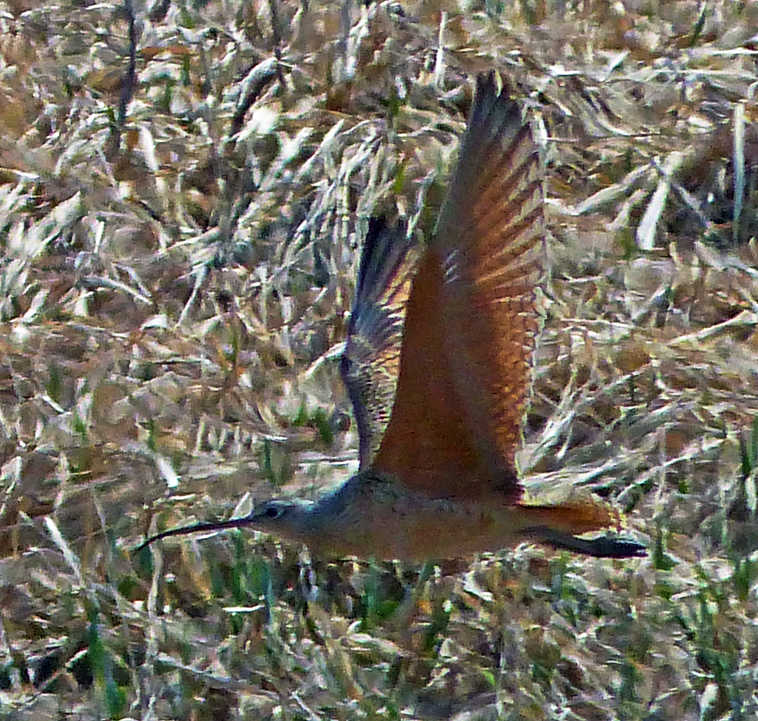JUNEAU (AP) — North America’s largest shorebird made an appearance this month in southeast Alaska, hundreds of miles north of its usual northern breeding area.
Martina Kallenberger and her husband, Doug Sanvik, spotted and photographed a long-billed curlew May 3 at the Boy Scout camp north of Alaska’s capital.
“We were actually watching a flock of Lapland longspurs when we noticed these two shorebirds on a little rise by the stream and one of them was a whimbrel, which we recognized, and the other one was just shockingly different,” Kallenberger told KTOO-radio.
They consulted guidebooks for nearly an hour trying to confirm the bird’s identity.
Long-billed curlews have only been spotted in Alaska three times before and never photographed, said lifelong birder Steve Heinl, part of the University of Alaska Museum’s Alaska Checklist Committee, the arbiter of what’s on Alaska’s official list of documented birds.
Long-billed curlews are 20 to 25 inches long. They’re known for their long, downward-curved bills. Their closest breeding area is southern British Columbia, Audubon Alaska executive director Nels Warnock said. They spend winters in Mexico and the West Coast.
Warnock happened to be in Juneau after the sighting and unsuccessfully tried to spot it. One birder flew up from Washington for the rare opportunity, he said.
“I think it overshot its normal breeding range, which means it migrated too far north,” Heinl said. “Often birds that migrate to the wrong place are younger birds, so it perhaps was on its first northward migration.”

